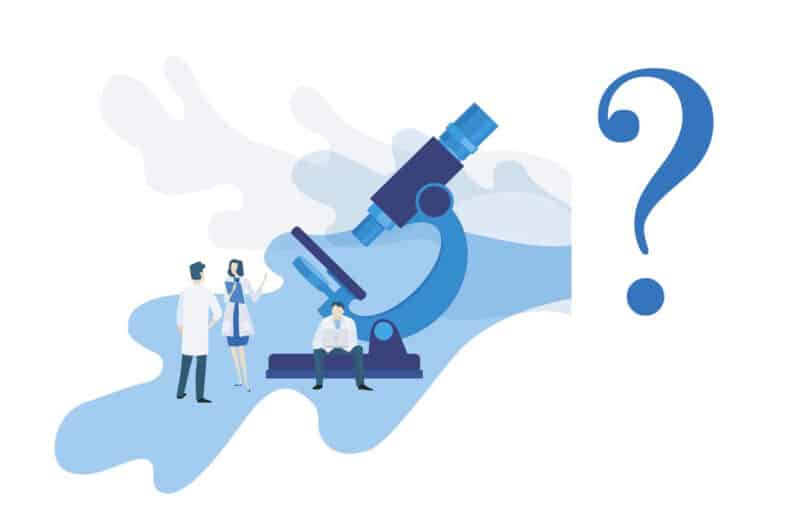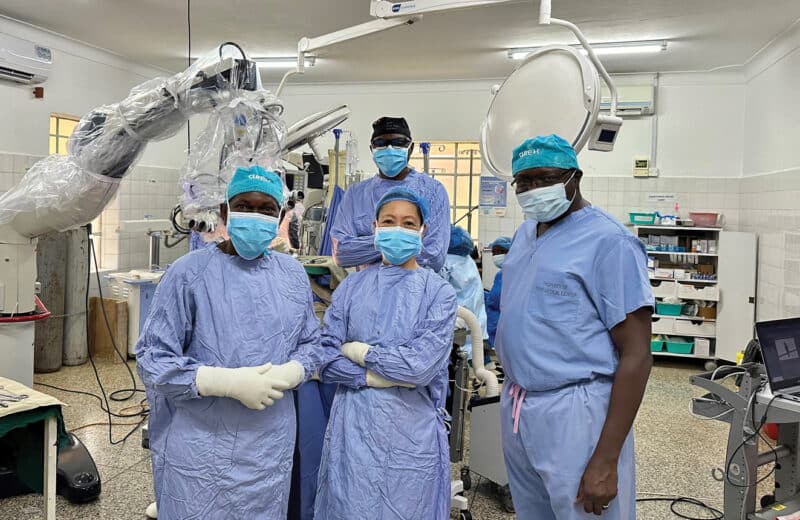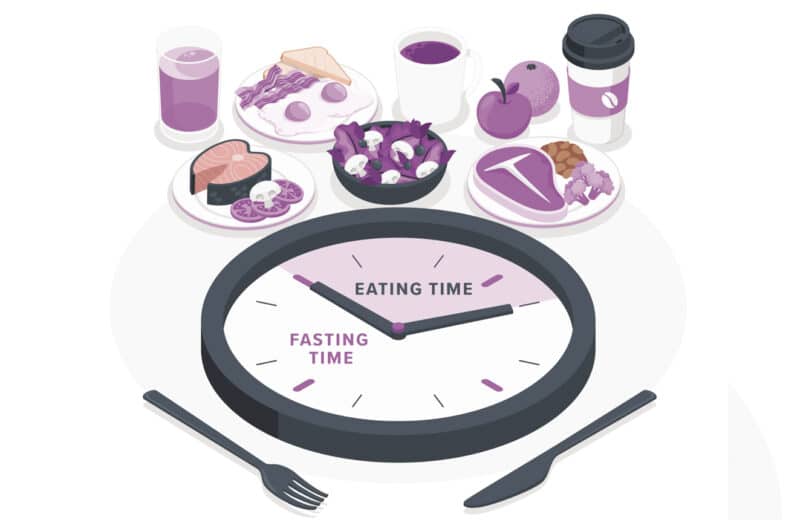5 ways to use your smartphone (or smartwatch) to track your health
When a woman on a cross-country flight fell ill recently, the pilots focused on staying calm and getting her safely to medical attention on the ground. They radioed the airport where they would land, and a physician there walked them through what to do in this type of medical emergency. As the pilots relayed the information to the flight attendants, the first officer, new to the profession, glanced down at his smartwatch.
He wanted to make sure his racing heart wasn’t beating beyond a safe level. The woman received the on-the-ground medical attention she needed, and the first officer felt relieved to be able to monitor his own health in such an unexpected emergency.
That was an extreme scenario, but smartwatches and smartphones offer users everyday health benefits that aren’t immediately obvious. People are primarily drawn to these devices for staying connected, but they can even serve as a pocket health monitor, keeping tabs on your every move.
Medical application usage has risen rapidly in recent years, the American Medical Association Journal of Ethics reports. Patients and doctors increasingly use smartphones and smartwatches as one more tool to monitor issues. For individuals who want to track aspects of their health, technology provides an easy way to create a record and a visual representation of health data.
While the specific functions, such as heart rate tracking and oxygen level monitoring, are highly beneficial, there’s also value in having health metrics stored in one place. It can streamline the care process, especially for adults and seniors. This healthcare hub offers increased ease and efficiency for the user and medical providers.
“Smartwatches and smartphones are a piece of technology that is fashionable and practical,” says Tony LaPalio, founder of Senior Tech Support. “They also possess the ability to potentially save lives.”
Here are five ways to use smart devices to track — and potentially improve — your health.
1. Fall detection
For many older adults, falling is a serious concern that can result in serious ramifications, from broken bones to concussions — even death. Falling is especially problematic for older individuals who live alone.
“Fortunately, specific versions of the Apple Watch have fall detection that will notify pre-programmed emergency contacts or even assist in placing an emergency SOS call if you are non-responsive,” LaPalio says.
2. Medication reminder
A medication tracker that can be programmed on both smartphone and watch is a great tool for people who have trouble taking medication on schedule. The tracker pings users to remind them to take their medication at specific times.
3. Heart rate tracker
Smartphones and watches can track your heart rate — an indicator of overall health. When programmed to do so, they notify a person if their heart rate gets too high, prompting them to take action and get essential help.
“Tracking heart rate and more importantly, irregular heart rate, is critical to ensuring that you are notified immediately if you have an irregular heartbeat,” LaPalio says. “When seconds count, the Apple Watch can detect heartbeat patterns that may be suggestive of atrial fibrillation (AFib) which gives you important information to provide to first responders or your healthcare provider.”
4. Blood oxygen detection
Smart devices can monitor blood oxygen saturation, to make sure that your body has enough oxygen in the blood to properly function. By simply touching the device with your finger or keeping it in contact with your wrist (depending on the device), it will almost instantly tell you your blood oxygen saturation, “giving you critical information about how well your red blood cells are carrying oxygen in your body,” LaPalio says.
5. Exercise tracker
One of the main reasons people invest in smartwatches: for the exercise tracking. These gadgets (and smartphones, too) monitor your daily step count, as well as exercise minutes and calories. Some engage wearers with monthly fitness challenges to keep people moving and motivated.
All handy health tools — whether you’re monitoring your daily exercise or flying a plane.
Originally published in the Fall/Winter 2023 print issue.












